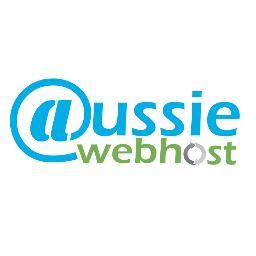You might like
of the ASP\'s service, the security of the program and the ASP\'s maturity with regard to security awareness. Finally the guidelines
future. For these reasons Cisco Systems has developed a comprehensive evaluation guideline. This guideline includes evaluating the scope
financial future of the ASP in general, i.e. how stable a company is and if it has the resources to continue business into the foreseeable
Exposure of corporate data to other ASP customers * Compromise of corporate data Some other risks include failure to account for the
Loss of control of corporate data * Loss of control of corporate image * Insufficient ASP security to counter risks *
a firm must assess the level of risk associated with the ASP itself. Failure to properly account for such risk can lead to: *
be problematic Evaluating an Application Service Provider security when moving to an ASP infrastructure can come at a high cost, as such
market may result in changes in the type or level of service available to clients * Integration with the client\'s non-ASP systems may
critical business function, thus limiting their control of that function and instead relying on the provider * Changes in the ASP
as provided since ASPs can only afford a customized solution for the largest clients * The client may rely on the provider to provide a
that impact the enterprise\'s bottom line Some inherent disadvantages include: * The client must generally accept the application
Reduction of internal IT costs to a predictable monthly fee. * Redeploying IT staff and tools to focus on strategic technology projects
agreement guarantees a certain level of service * Access to product and technology experts dedicated to available products *
experts * Improved reliability, availability, scalability and security of internal IT systems * A provider\'s service level
application experience than the in-house staff * Key software systems are kept up to date, available, and managed for performance by
eliminated from the client site * Software costs for the application are spread over a number of clients * Vendors can build more
on a \"per-use\" basis or on a monthly/annual fee The advantages to this approach include: * Software integration issues are
servers that support the software * ASP makes information available to customers via the Internet or a \"thin client\" * ASP bills
associated with ASPs include: * ASP fully owns and operates the software application(s) * ASP owns, operates and maintains the
Virtualization), some deploy in a single instance multi-tenant access mode, now more frequently referred to as \"SaaS\". Common features
United States Trends
- 1. Wemby 37.8K posts
- 2. Steph 77.4K posts
- 3. Spurs 33.4K posts
- 4. Draymond 16.7K posts
- 5. Warriors 56.4K posts
- 6. Clemson 11.3K posts
- 7. Louisville 11K posts
- 8. Zack Ryder 16.7K posts
- 9. #Truedtac5GXWilliamEst 97.4K posts
- 10. Massie 58.7K posts
- 11. #DubNation 2,133 posts
- 12. WILLIAMEST CALLME MELODY 99.8K posts
- 13. Aaron Fox 2,481 posts
- 14. #SmackDown 53.5K posts
- 15. Harden 15.4K posts
- 16. Bill Clinton 195K posts
- 17. PERTHSANTA JOY KAMUTEA 398K posts
- 18. #NEWKAMUEVENTxPerthSanta 393K posts
- 19. Marjorie Taylor Greene 49.8K posts
- 20. Bubba 59.2K posts
Something went wrong.
Something went wrong.
































































































